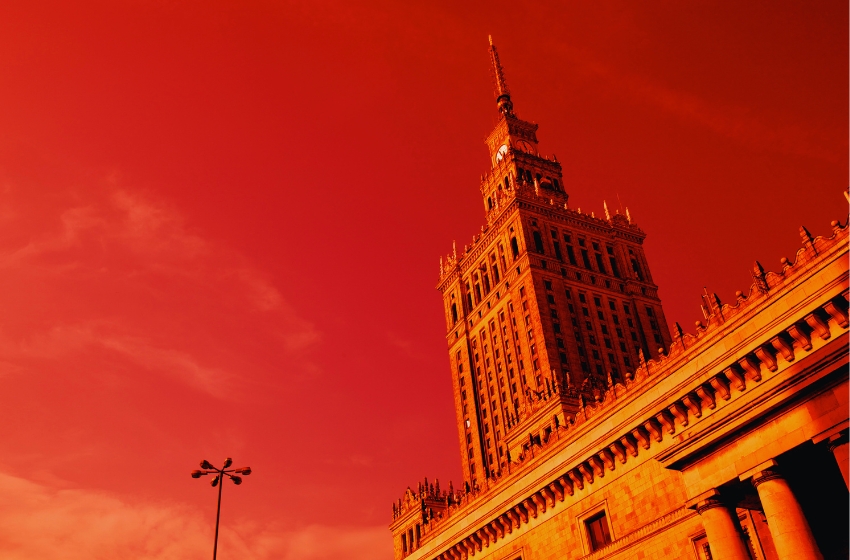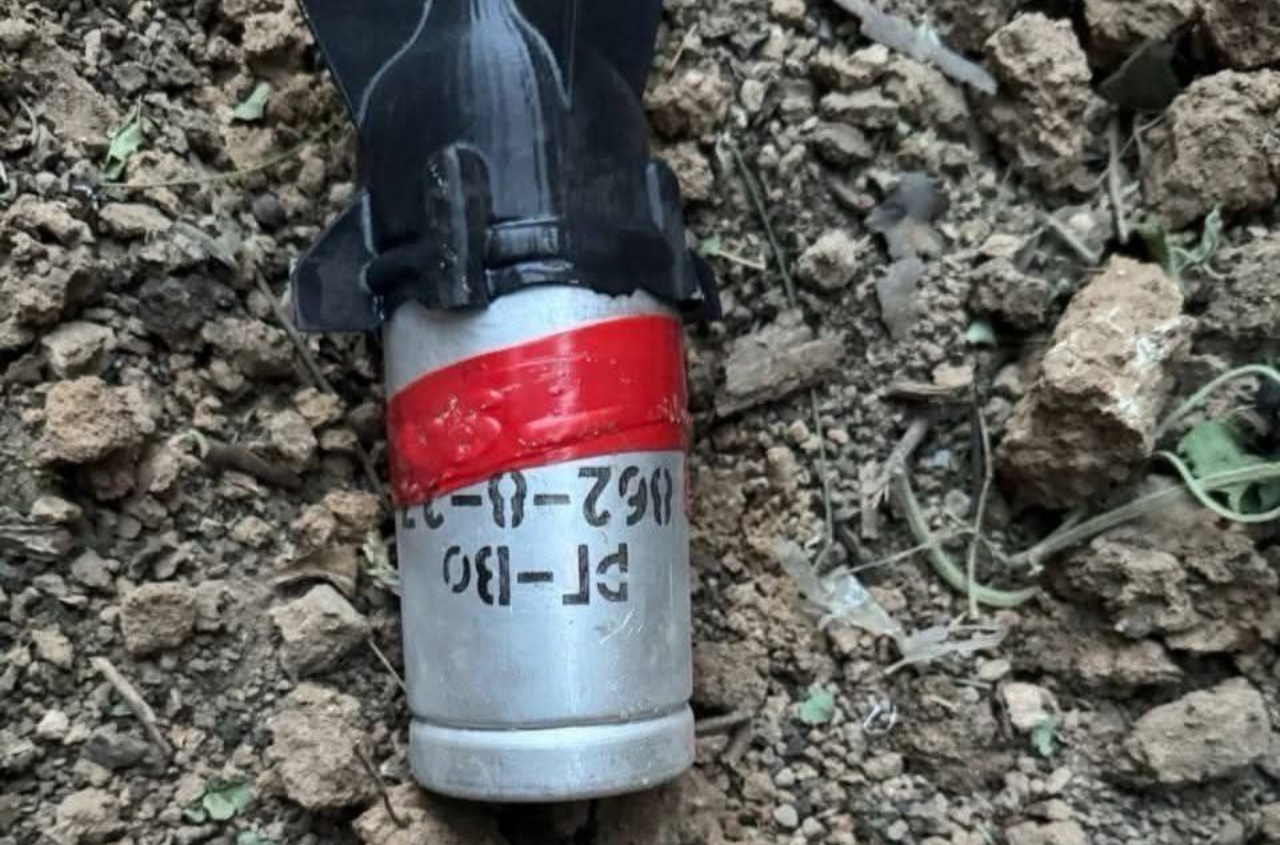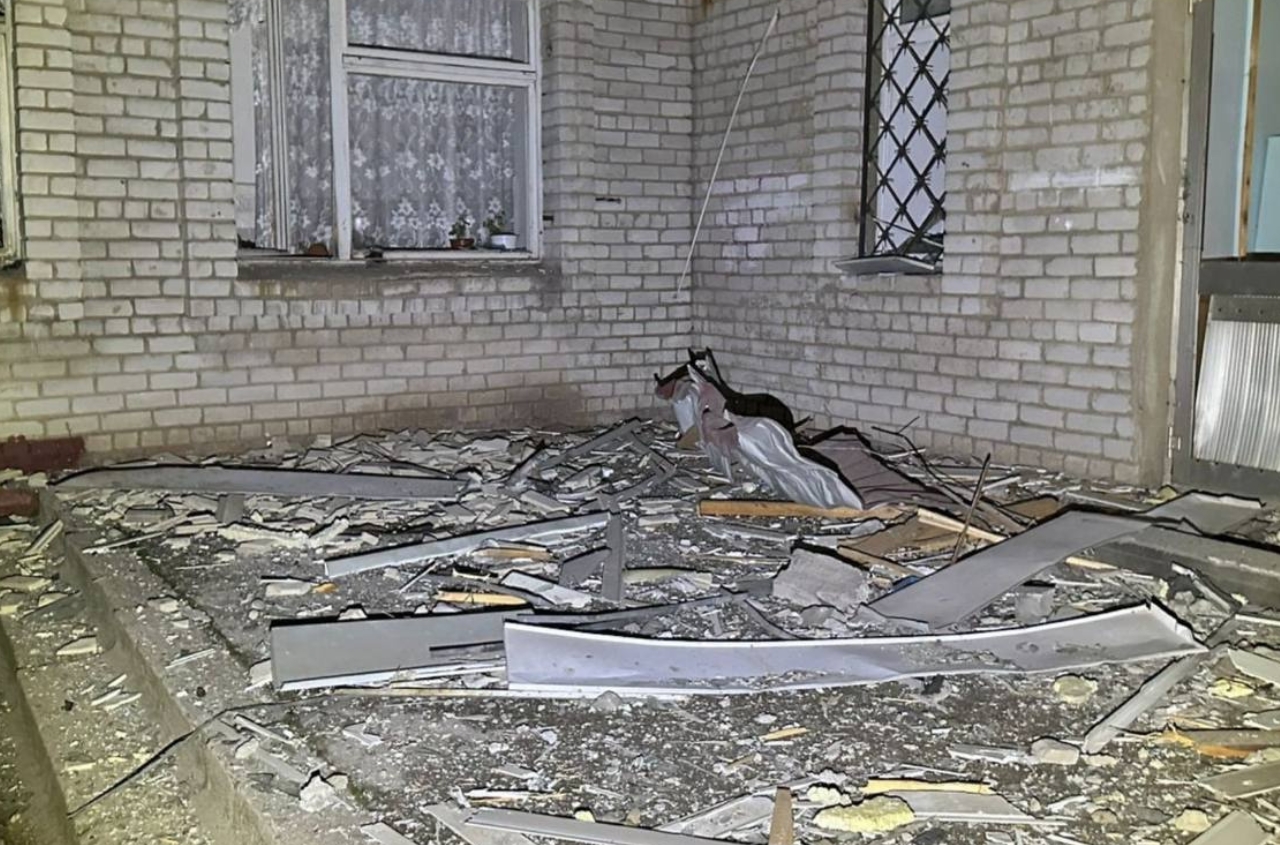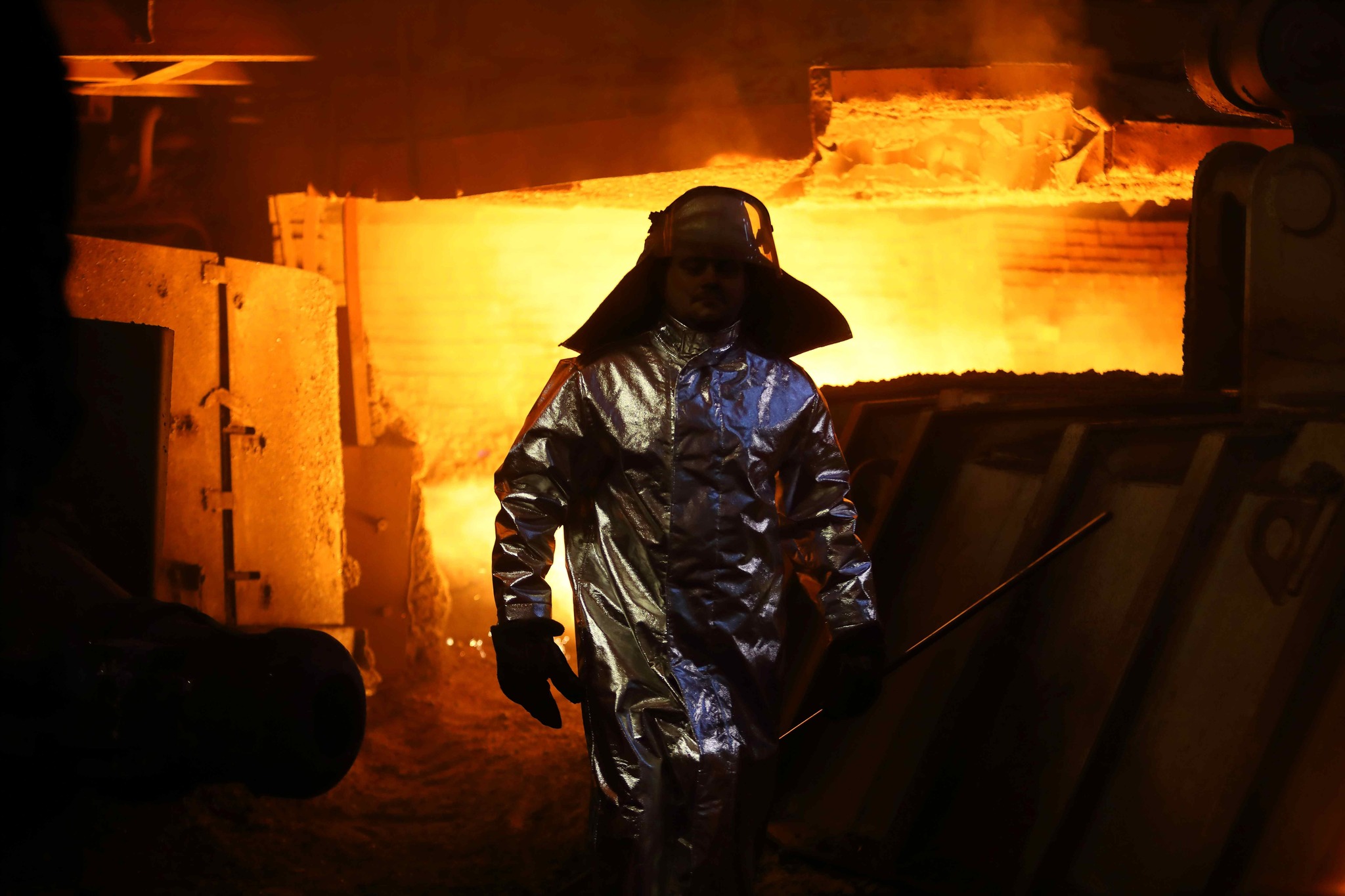Kyiv hosts public discussion on the return, rehabilitation, and reintegration of Ukrainian children illegally deported to Russia.
The challenges of returning, rehabilitating, and reintegrating Ukrainian children who were illegally deported or forcibly displaced to Russia were the focus of a public discussion held in Kyiv as part of the event “Handle with care: childhood, war, occupation, deportation.” Among the participants was Daria Zarivna, Chief Operating Officer of the Bring Kids Back UA initiative and advisor to the Head of the Office of the President of Ukraine.
“We are dealing not only with the physical abduction of children, but with a centralized attempt to erase their Ukrainian identity,” Zarivna stated.
The event included a special screening of the documentary “Stolen Childhood”, which tells the true stories of Ukrainian children who lost their parents, endured occupation, were forcibly deported, or illegally taken to Russia.
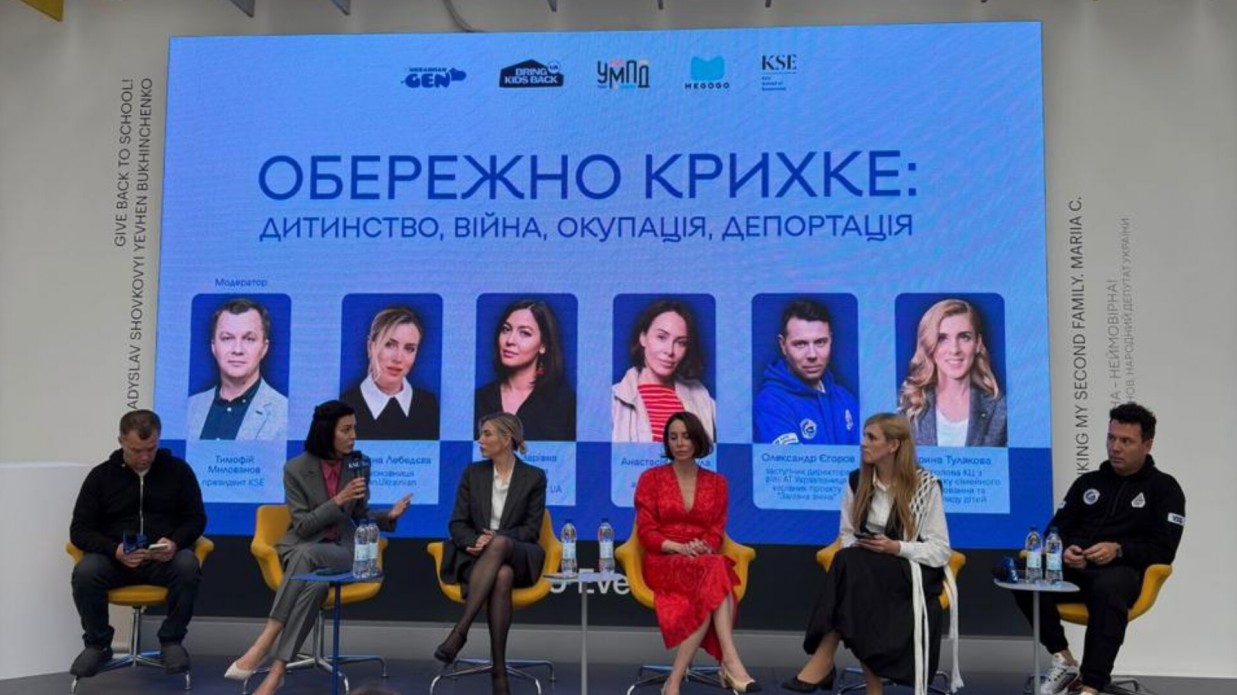
According to Zarivna, Russia has created a comprehensive system to indoctrinate Ukrainian children.
“From kindergartens to universities, the entire system is designed to erase memory, destroy identity, and raise future soldiers who will fight against their homeland. That is why it’s essential to speak openly about this. Documentaries like ‘Stolen Childhood’ are powerful tools of international advocacy,” she emphasized.
Special attention was also given to the reintegration process after a child returns. Iryna Tuliakova, head of the Coordination Center for Family-Based Upbringing and Childcare, stressed the need for coordinated efforts from all parties involved.
“As part of the Bring Kids Back UA initiative, we and our partners have developed a reintegration pathway – a step-by-step return route for the child: from the moment they enter the Child Rights Protection Center to full recovery within their community and family,” said Tuliakova.
Other participants in the public discussion included Oksana Lebedieva, founder of Gen.Ukrainian; Anastasiia Stepula, advocacy advisor at the Ukrainian Child Rights Network; as well as representatives from civil society organizations, educational institutions, and the media.















